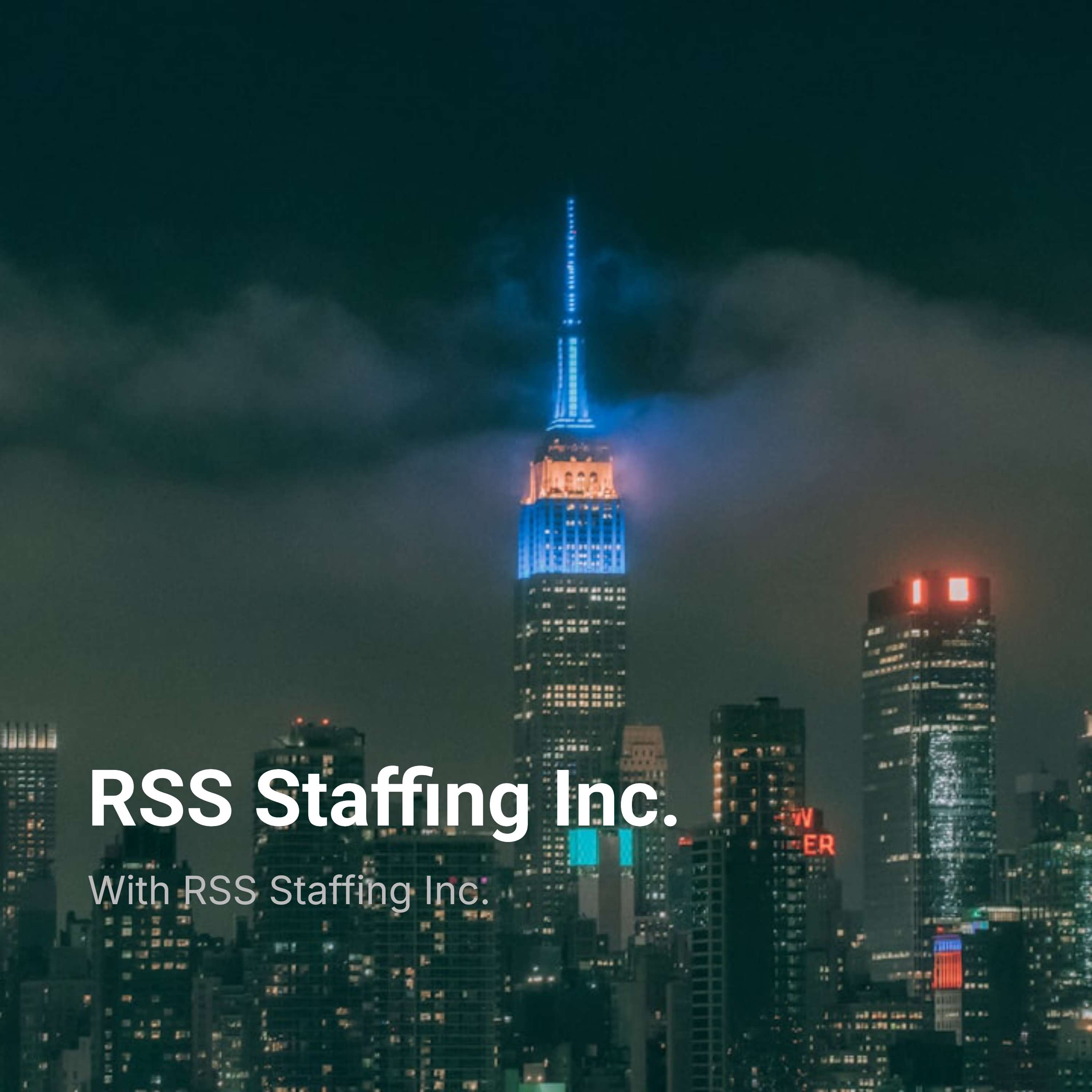Strikes and labor disputes can provide substantial hurdles for businesses across a range of industries in today’s fiercely competitive economic environment. These setbacks may cause monetary losses, reputational harm, and the suspension of vital operations. Planning beforehand for potential strikes is crucial to minimizing their effects. This essay explores the significance of strike contingency planning and offers insightful advice on how businesses can successfully manage these challenging circumstances.
Planning for potential strikes is the proactive action businesses take to lessen the disruption brought on by labor conflicts. It entails developing plans and putting into practice procedures that guarantee the continuation of operations, maintains customer happiness, and safeguard the company’s reputation amid times of disturbance.
Planning for a potential strike is essential for ensuring business continuity. Companies can identify possible risks and create methods to mitigate them by having a thorough plan in place. This permits the uninterrupted continuing of crucial processes, minimizing downtime and financial losses.
The success of any firm depends on satisfying its customers. Maintaining the same quality of service and satisfying consumer expectations becomes difficult during a labor conflict. Companies can prepare for disruptions and implement policies to ensure little impact on customer satisfaction by conducting strike contingency planning. Companies may protect their connections and reputation by proactively communicating with customers, controlling expectations, and offering alternate solutions.
Organizations may be affected financially and legally by labor disputes. Planning for potential strikes entails evaluating and reducing these risks by abiding by labor rules, creating alternate work schedules, and keeping lines of communication open with unions or employees. Companies can reduce potential legal repercussions and associated costs by abiding by legal standards and responding to issues as soon as they arise.
Conducting a thorough risk assessment is the first stage in strike contingency planning. This entails determining any organizational weaknesses and assessing the possibility and potential effects of a labor dispute. Companies can create specialized strategies and practices to effectively reduce these risks by knowing them.
When there are labor issues, communication must be clear and effective. Businesses must develop a strong communication plan with frequent updates for their staff, clients, suppliers, and other stakeholders. Maintaining trust and confidence in the company and controlling expectations are all benefits of open communication.
Alternative work arrangements should be investigated and implemented as part of strike contingency preparation. This can entail providing employees with additional training, contracting out specific duties, or using temporary staffing firms. By implementing backup plans, companies may guarantee that operations will continue even during a strike.
Planning for a strike requires maintaining good connections with the unions and the workforce. Businesses should encourage open communication, pay attention to customer problems, and seek solutions that benefit both parties. Building strong bonds based on mutual respect and trust might help avoid labor issues or speed up their settlement.
Planning for potential strikes is crucial to maintaining organizational toughness in labor disputes. Businesses can better negotiate strikes, ensure business continuity, and reduce possible risks by taking preemptive measures. An integrated approach to strike contingency planning can help firms maintain operations, retain their brand, and assure the satisfaction of customers and stakeholders. This includes risk assessment, communication strategies, alternative work arrangements, and employee participation. Strike contingency preparation is given priority, enabling businesses to tackle labor disputes with assurance and come out stronger after adversity.
Strike Contingency Planning prepares and implements strategies and measures to minimize disruptions and maintain business operations during a strike or labor dispute. It involves developing comprehensive plans that outline specific actions to be taken before, during, and after a strike. These plans help organizations mitigate potential risks and ensure business continuity.
Key Information:
Strike Contingency Planning is crucial for organizations as it allows them to address potential disruptions caused by labor disputes proactively. By having a well-defined plan, businesses can minimize the impact of strikes and ensure the continuation of essential operations. Effective planning helps maintain productivity, customer satisfaction, and reputation while also safeguarding the well-being of employees and stakeholders.
Key Information:
Strike Contingency Planning comprises several essential components that contribute to a comprehensive strategy. These components include:
Risk Assessment: Assessing potential risks associated with strikes, including identifying critical roles and departments, analyzing the impact on operations, and evaluating legal and regulatory obligations.
Communication Strategy: Develop effective internal and external communication plans to keep employees, customers, suppliers, and the public informed about the organization’s actions during a strike.
Resource Allocation: Allocating necessary resources such as personnel, equipment, and supplies to maintain essential operations and manage increased workload during a strike.
Key Information:
Preparing for a strike involves taking proactive measures to minimize its impact. Here are some steps organizations can take to prepare:
Develop a Strike Contingency Plan: Create a comprehensive plan that outlines specific actions to be taken before, during, and after a strike. This plan should include risk assessments, communication strategies, resource allocation, and contingency measures.
Train and Educate: Train key personnel on strike-related protocols, procedures, and responsibilities. Educate employees about their rights, obligations, and the organization’s stance on strikes.
Maintain Relationships: Cultivate positive relationships with labor unions, if applicable, by engaging in open dialogue, negotiation, and conflict resolution.
Key Information:
During a strike, organizations need to respond strategically and responsibly. Here are key considerations for an effective response:
Implement Contingency Measures: Activate the pre-defined contingency measures outlined in the Strike Contingency Plan to maintain essential operations, redistribute workload, and ensure employee safety.
Monitor and Adjust: Continuously monitor the situation during the strike, assess its impact, and make necessary adjustments to the contingency measures as required.
Preserve Relationships: Maintain open lines of communication with employees, labor unions, suppliers, and other stakeholders. Seek dialogue, negotiation, and conflict resolution opportunities to preserve relationships and work towards a resolution.
Key Information:
Strike Contingency Planning is a critical process organizations undertake to mitigate the disruptions caused by strikes and labor disputes. By developing comprehensive plans, organizations can proactively prepare for potential strikes, maintain essential operations, and safeguard the well-being of employees and stakeholders. Key components of Strike Contingency Planning include risk assessment, communication strategies, and resource allocation. Organizations can prepare for strikes by developing contingency plans, training key personnel, and maintaining positive relationships with labor unions. Organizations should implement contingency measures during a strike, monitor the situation, and preserve relationships through open communication. By following these guidelines, organizations can navigate strikes and labor disputes with resilience and minimize the impact on their operations and reputation.
When collective bargaining grinds to a halt, every hour of downtime chips away at revenue, customer confidence, and brand equity. RSS Inc. deploys a comprehensive strike contingency plan that marries speed with compliance, giving manufacturers, distributors, and logistics providers a clear path to uninterrupted operations. Below, you’ll find an expanded, reader‑friendly walkthrough—complete with tables, bullet lists, and actionable takeaways—totaling 1,100+ words of Google‑compliant, keyword‑rich content.
Our strike specialists arrive well before a work stoppage to collect ground‑level data and develop a scenario‑based response.
Audit Focus What We Examine Why It Matters Mission‑Critical Processes Production lines, fulfillment routes, security checkpoints Highlights chokepoints that could halt output within hours Workforce Structure Permanent headcount, temp agencies, union roles, shift coverage Reveals gaps and overtime risks during a strike Regulatory Touchpoints OSHA, DOT/FMCSA, ISO, state labor laws Ensures compliance even under emergency conditionsKey Actions
Process Mapping: Create a visual flowchart of each step from raw material intake to finished‑goods shipping.
Role Deconstruction: Document every certification, credential, and years‑of‑experience requirement by job code.
Contingency Scenarios: Draft best‑, moderate‑, and worst‑case strike models with projected downtime costs.
Outcome: A data‑driven blueprint that lets RSS Inc. mobilize the right talent fast and reduce lost productivity to near‑zero.
A strike contingency plan is only as good as its roster. RSS Inc. maintains a nationwide talent cloud of pre‑qualified professionals, ready for rapid deployment.
Sourcing Pillars
50‑State Candidate Database
30,000+ vetted industrial, warehouse, CDL‑A, and security workers.
Real‑time availability indexing.
Targeted Outreach Campaigns
Geo‑fenced job ads that mirror your facility location.
SMS and email sequences to accelerate applicant response.
Rigorous Screening
10‑panel drug testing.
Federal, state, and county background checks.
Reference calls to confirm attendance reliability.
Outcome: An on‑call workforce that meets safety culture and compliance mandates on Day One.
Behind‑the‑scenes prep ensures replacement crews arrive ready—often under NDA—without disrupting sensitive negotiations.
Logistics Checklist
Equipment Staging – Forklifts, PPE, time‑clock badging, and handheld scanners positioned within a secure radius.
Off‑Site Orientation – Role‑specific safety briefings and SOP training reduce ramp‑up time by as much as 40 %.
Confidentiality Protocols – Blackout routes and controlled communication channels shield contingency plans from public view.
Outcome: Seamless, low‑visibility activation that keeps morale intact and negotiations private.
Once the picket lines appear, RSS Inc. moves at clock‑speed to stabilize production.
Deployment Playbook
EHS Integration – Align with existing OSHA logs, Lockout/Tagout procedures, and facility hazard maps.
Shadowing & Mentorship – First‑shift pairing with experienced team leads to ramp up efficiency.
Daily Toolbox Talks – Bite‑size safety huddles that reinforce best practices and address real‑time issues.
Outcome: Measurable productivity, quality, and safety—proving to shareholders that your contingency plan works.
A tentative agreement shouldn’t create another bottleneck. RSS Inc. orchestrates a controlled exit that keeps momentum alive.
Transition Steps
Phased Replacement Exit – Crews depart in waves based on shift overlap, preventing sudden labor shortages.
Knowledge Transfer Sessions – Replacement supervisors brief returning staff on any process adjustments.
Residual Vacancy Backfill – RSS Inc. offers temp‑to‑perm options to stabilize headcount post‑strike.
Outcome: A friction‑free handover that preserves quality, safety, and throughput.
Technology Stack
Real‑Time Dashboards: Live KPI feed via SaaS platform; management receives daily snapshot emails.
Mobile Credentialing: Digital IDs speed up gate access and time‑tracking.
Incident Reporting App: Near‑miss logging from any device, instantly flagged to EHS leads.
Outcome: Audit‑ready documentation and real‑time visibility for leadership teams and regulators alike.
How quickly can RSS Inc. mobilize a strike workforce?In most regions, we can place a fully vetted team on‑site within 48 hours—sometimes faster if your facility is near our talent hubs.
Do replacement workers affect bargaining leverage?Our NDA‑driven approach keeps negotiations private. Because production stays stable, management gains the breathing room to pursue equitable agreements without public pressure.
What happens if the strike extends beyond the original forecast?Our talent cloud is scalable. We can layer in additional specialists, extend contracts, or rotate crews to prevent fatigue.
Can RSS Inc. handle multi‑site strikes?Yes. Our centralized command center coordinates logistics across multiple facilities, ensuring consistent SOPs and compliance.
Is your strike staffing service union‑compliant?We follow all NLRB guidelines and vet every step with legal counsel to prevent unfair labor practice claims.
A labor dispute doesn’t have to derail quarterly targets. Schedule a complimentary contingency assessment with RSS Inc. now and see how our strike staffing plan can keep your operation on track—no matter what unfolds at the bargaining table.

Labor strikes often occur when workers feel their rights have been compromised or their working conditions are unjust. While the primary goal of a...

Role of a Strike Staffing Agency Labor disputes are an unfortunate but unavoidable part of the business world. When tensions escalate, and collective bargaining...

Energy Engineering As the global community intensifies its focus on sustainable energy solutions, the role of energy engineers has become increasingly pivotal. These professionals...